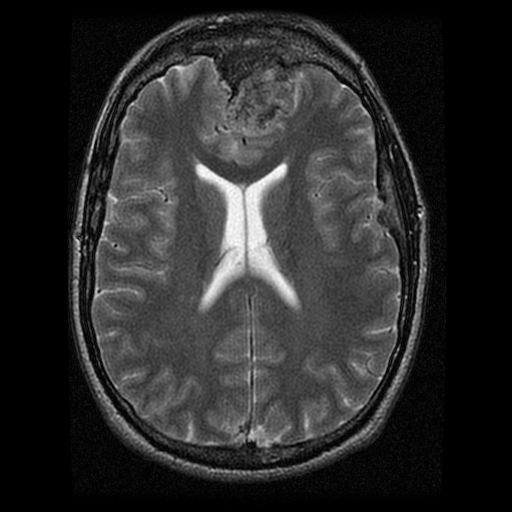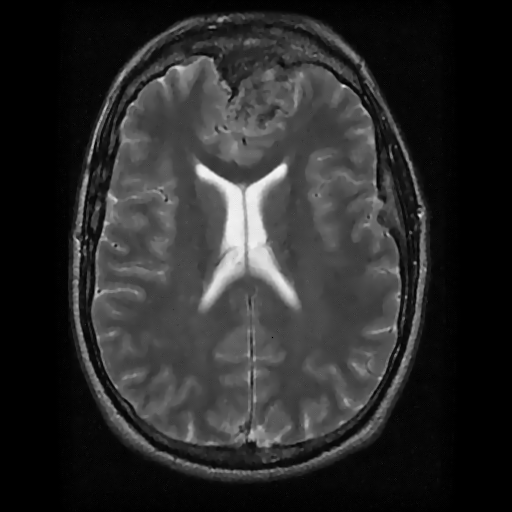L_AnisotropicDiffusionBitmap
Summary
Performs a 2-Dimensional Anisotropic Diffusion filter on an image for reduction of varied patterned and non-patterned noise.
Syntax
#include "l_bitmap.h"
L_LTIMGCOR_API L_INT EXT_FUNCTION L_AnisotropicDiffusionBitmap(pBitmap, uIterations, uSmoothing, fTimeStep, fMinVariation, fMaxVariation, fEdgeHeight, uUpdate, uFlags)
Parameters
pBITMAPHANDLE pBitmap
Pointer to the bitmap handle.
L_UINT uIterations
Number of iterations the filter will perform. The size of the pyramid will be equal to this variable.
L_UINT uSmoothing
Size of smoothing kernel which is performed on the image.
L_FLOAT fTimeStep
Defines the length of the vector field.
L_FLOAT fMinVariation
Increasing this variable will increase the parallel diffusion.
L_FLOAT fMaxVariation
Increasing this variable decreases the one sided diffusion.
L_FLOAT fEdgeHeight
Max edge size which all edge values bellow will be included in the operation of the filter.
L_UINT uUpdate
The number of iterations before each consecutive update of the image.
L_UINT32 uFlags
Reserved for future use. Must be 0.
Returns
| Value | Meaning |
|---|---|
| SUCCESS | The function was successful. |
| < 1 | An error occurred. Refer to Return Codes. |
Comments
This function is dedicated to reduction of noise in images, more specifically medical images. Images with a great amount of periodic noise in them are better suited to be clarified using this filter.
The number of iterations controls the number of times the filter will be performed on the image. The lower values will perform the filter faster. Higher iterations typically mean clearer results, yet it depends on the maximum length of vectors that can be computed from the image to obtain the best results.
The higher the time step variable is, the larger of a range of vectors is used for the next iteration, yet too high a value, will yield out of range results as it will exceed the maximum vectors at some spots.
The variable uUpdate is very useful when using a large number of iterations on a large image, especially when the results are not known. This variable, updates the image every number update iterations, thus the progress of the de-noising can be witnessed.
If the image has a region, the function will be performed on the region only.
This function supports 12 and 16-bit grayscale and 48 and 64-bit color images. Support for 12 and 16-bit grayscale and 48 and 64-bit color images is available in the Document and Medical Imaging toolkits.
This function does not support 32-bit grayscale images. It returns the error code ERROR_GRAY32_UNSUPPORTED if a 32-bit grayscale image is passed to this function.
Anisotropic Diffusion Function - Before

Anisotropic Diffusion Function - After

View additional platform support for this Anisotropic Diffusion function.
Required DLLs and Libraries
- LTIMGCOR
- For a listing of the exact DLLs and Libraries needed, based on the toolkit version, refer to Files To Be Included With Your Application.
Platforms
Win32, x64, Linux.
See Also
Functions
Topics
- Raster Image Functions: Modifying Intensity Values
- Raster Image Functions: Processing an Image
- Removing Noise
Example
This example loads a bitmap and applies the Anisotropic Diffusion Filter on it.
L_INT AnisotropicDiffusionFilterExample(L_VOID){L_INT nRet;BITMAPHANDLE LeadBitmap; /*Bitmap handle to hold the loaded image*//* Load the bitmap, keeping the bits per pixel of the file */nRet = L_LoadBitmap(MAKE_IMAGE_PATH(TEXT("ImageProcessingDemo\\NaturalFruits.jpg")),&LeadBitmap, sizeof(BITMAPHANDLE), 0,ORDER_BGR, NULL, NULL);if (nRet != SUCCESS)return nRet;//Apply Anisotropic Diffusion filternRet = L_AnisotropicDiffusionBitmap(&LeadBitmap, 20, 1, 100.0f, 0.5f, 0.8f, 4.0f, 10, 0);if (nRet != SUCCESS)return nRet;//free bitmapif (LeadBitmap.Flags.Allocated)L_FreeBitmap(&LeadBitmap);return SUCCESS;}
© 1991-2023 LEAD Technologies, Inc. All Rights Reserved.
